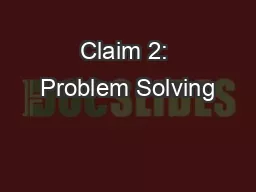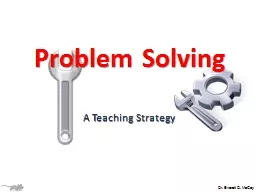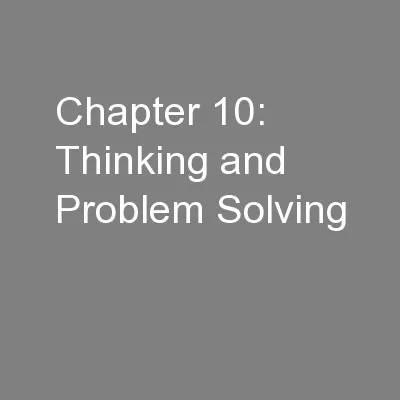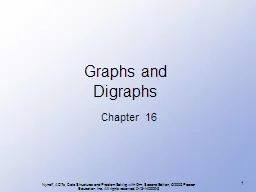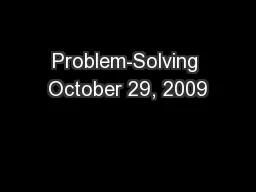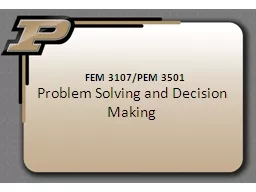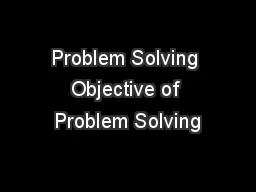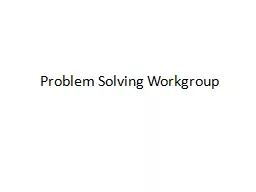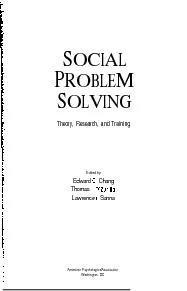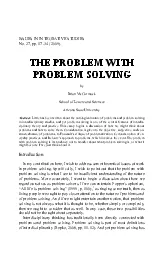PPT-AI: Representation and Problem Solving
Author : greemeet | Published Date : 2020-08-29
Classical Planning Instructors Pat Virtue amp Stephanie Rosenthal Slide credits Reid Simmons Manuela Veloso Announcements P3 out Sorry it is late Due 37 Can
Presentation Embed Code
Download Presentation
Download Presentation The PPT/PDF document "AI: Representation and Problem Solving" is the property of its rightful owner. Permission is granted to download and print the materials on this website for personal, non-commercial use only, and to display it on your personal computer provided you do not modify the materials and that you retain all copyright notices contained in the materials. By downloading content from our website, you accept the terms of this agreement.
AI: Representation and Problem Solving: Transcript
Download Rules Of Document
"AI: Representation and Problem Solving"The content belongs to its owner. You may download and print it for personal use, without modification, and keep all copyright notices. By downloading, you agree to these terms.
Related Documents


